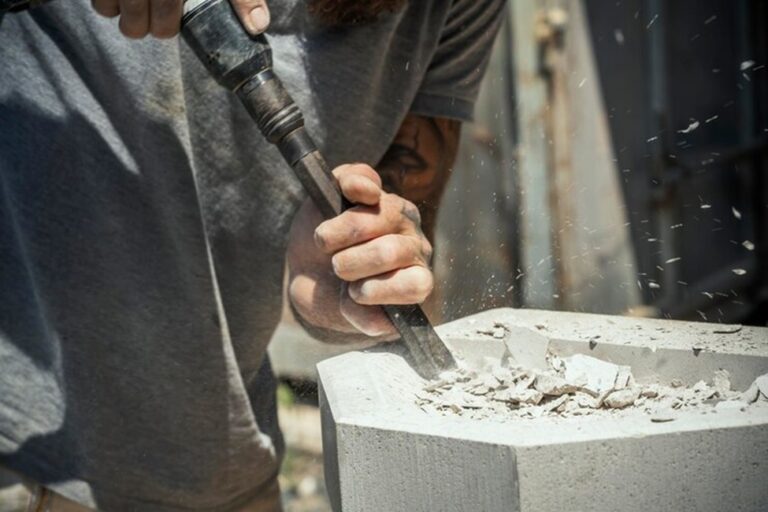Equipment that can withstand the severe conditions of rough terrains is essential for offroad activities. An important part of off-road gear is knowing how to set stones correctly. In difficult terrains, having stones laid correctly improves traction, gives stability, and guarantees safety. In order to help you get the most out of your offroad gear, this article delves into efficient stone installation procedures that are designed for use in offroad environments.
Grasping the Significance of Stone Setting
In order to build long-lasting trials and obstacles for off-road tracks, stone installation is essential. Vehicles can stay steady and on the road because of its stable surface, which can endure rough terrain. When stones are laid correctly, they reduce the likelihood of erosion, make off-road trips safer, and require less maintenance.
Advantages of Correct Stone Setting
Several benefits result from efficient stone installation. Particularly in rainy or uneven terrain, it greatly improves traction, giving cars the grip they need to stay on the road. The stones further aid in the path’s stability by retaining their shape even when subjected to the pressures and loads of large off-road vehicles. In addition, stones last a very long time and are quite reliable because they are strong and can resist the elements better than a lot of other materials.
Installing Stones the Right Way
To install stones effectively, one must follow a methodical approach that includes careful preparation and exact execution. The process’s essential stages are as follows:
Setting Up the Location
The site must be prepared before the installation of any stones can begin. It is necessary to remove any vegetation, loose dirt, and debris from the area. Make sure the ground is level and clean before placing the stones. The accuracy and preservation of the planned design are both enhanced by marking the path where the stones will be set. It is vital to remove any impediments and make sure the surface is level in order to prevent stability and alignment problems in the future.
Installation of the Base Layer
For the stone installation to be stable and long-lasting, a solid base layer is required. The stones will not move or shift because of this coating. Gravel or crushed stone is the usual material for a base layer since it is compact and provides a firm foundation. To begin, a geotextile cloth can be laid down to stop weeds from growing and make the installation last longer. After that, to provide a solid foundation, spread a level layer of gravel or crushed stone. To ensure a solid and even base for the stones, this layer must be compacted with a tamper or compactor.
Setting the Foundation
The laying of the stones follows the preparation of the base layer. Each stone must be level and snugly placed against its neighbors for this process to be completed. Follow the designated trail methodically, starting at one end and making your way to the other. If you want your stones to fit snugly and evenly, use a level to check their placement as you go and make any required adjustments. To avoid obstacles and make sure the path is sturdy and smooth, this stage demands time and careful attention to detail.


Comments are closed.